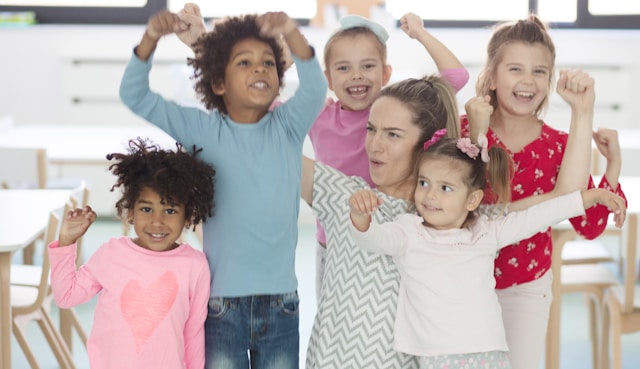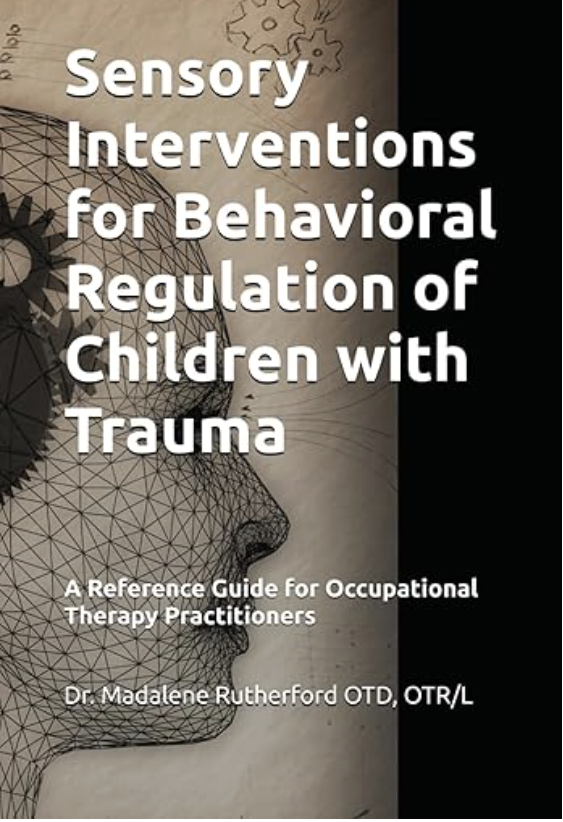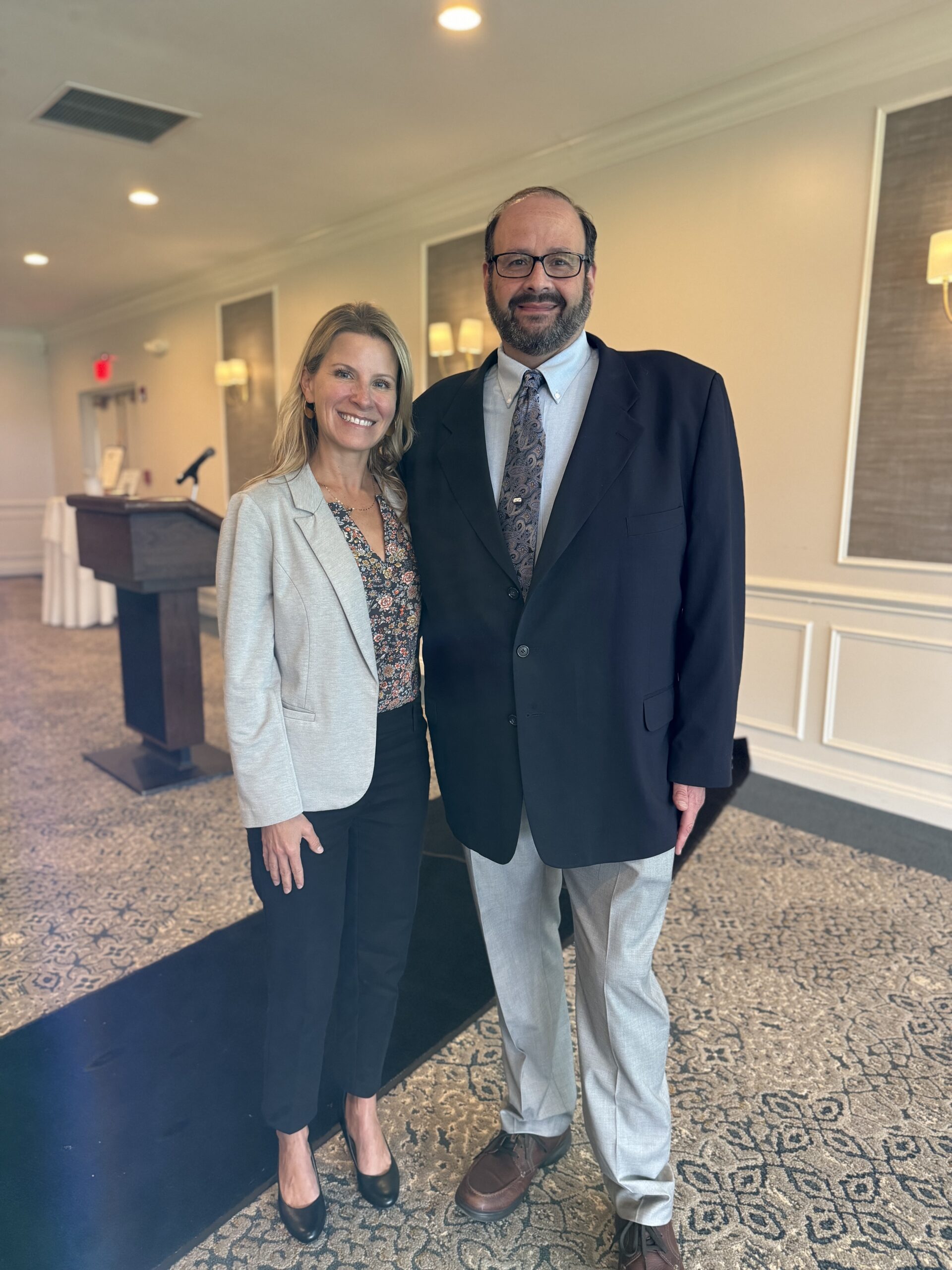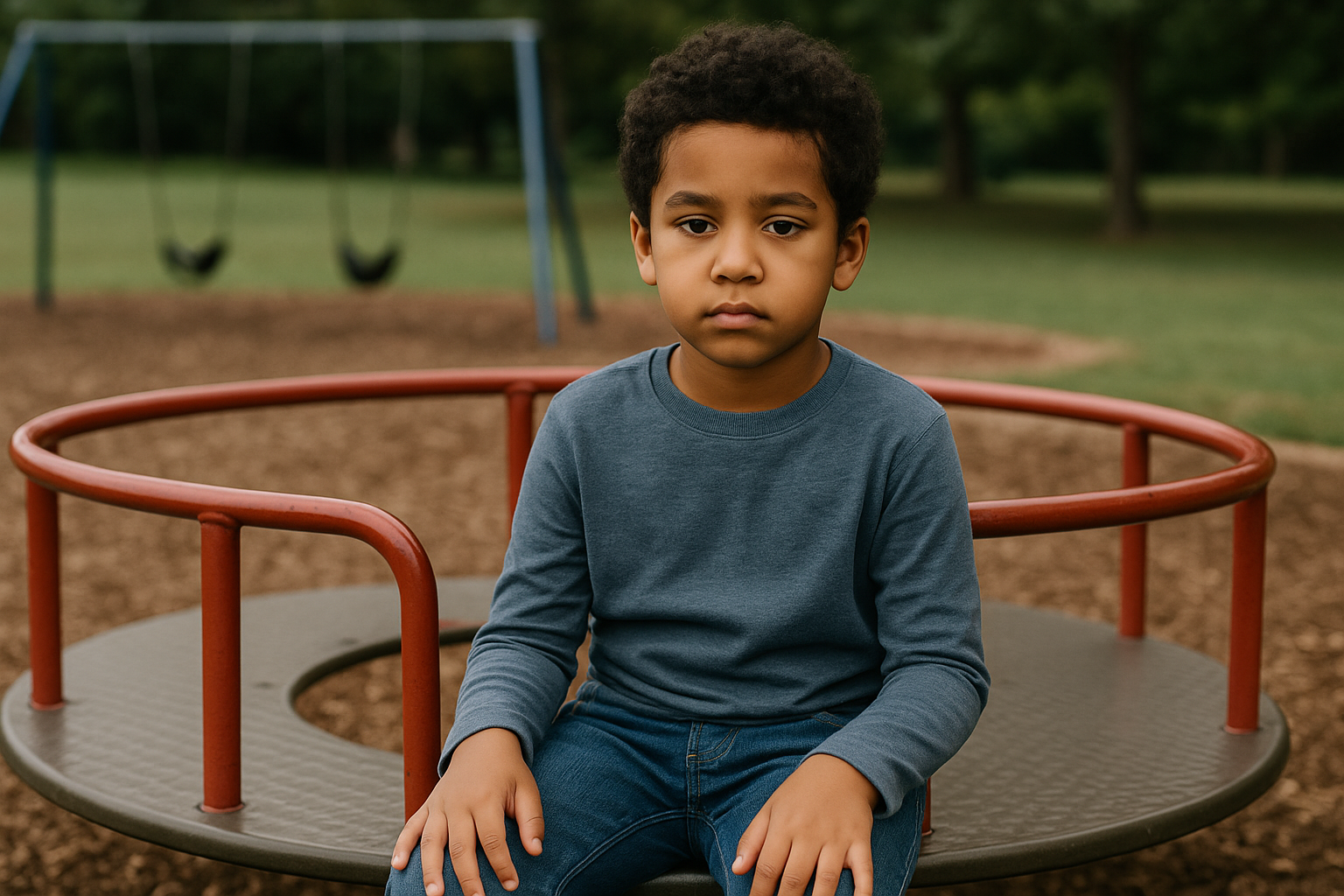Last week, I watched the documentary AKA Charlie Sheen on Netflix, and one story he told kept me up that night. It was a single moment early in his life that seemed to reverberate across everything that followed.
Over and over, we watch him take his life almost too far. We watch him circle back to danger, testing limits, tempting fate, standing too close to the edge, and somehow returning, gasping, ALIVE. It’s remarkable and shocking, really, although not in a good way.
This repeated story of him blazing toward the edge of life, almost dying, but at the last moment being saved, left me wondering: What if this wasn’t just your run-of-the-mill entitled party boy rebellion? What if it were something the body learned in childhood?
Sometimes, the drive to repeat pain is the nervous system’s way of answering the question:
“Can I survive this again?”
That’s the paradox of trauma reenactment. There is often an unconscious pull to relive familiar danger, searching for mastery or resolution that never quite comes.
Early Childhood Trauma & Trauma Reenactment

(Trigger warning: Birth trauma)
When I heard Charlie describe his earliest story, the one about nearly dying at birth, the umbilical cord wrapped around his neck, the pieces of his “behavior puzzle” started to fit together for me. We look at talented and successful people like him in awe and disgust. We say things like “he had the world at his fingertips and he through it all away,” but after listening deeply, I think it’s more than that.
As many of you know, I teach about the psychological impact of childhood trauma, and what I heard in Charlie Sheen’s story was not only fame gone bad, but a first experience in life that included a moment of trauma by suffocation.
At his most vulnerable moment in life, leaving the safety of his mother’s womb to enter this strange and uncertain world, he also faced a desperate fight between life and death. An experience that was imprinted into a body too young for words to express, and a culture too asleep to acknowledge it. And perhaps, this event, on top of other trauma, like watching his father repeatedly “die” on set when he was too young to process it, created a lifelong pattern of returning to the brink between danger and rebirth.
That’s speculative, of course, I don’t know his entire story or his family, but it’s also archetypal. Many of us live a version of this same pattern in quieter, less visible ways.
Not the fame or the chaos necessarily, but the trauma reenactment, and the pull toward what’s familiar even when it hurts.
When the Body Replays the Story
In trauma theory, we call this behavior “repetition compulsion” or trauma reenactment: the unconscious tendency to recreate circumstances that mirror earlier trauma. Freud first described this idea in Beyond the Pleasure Principle, but modern neuroscience now helps us understand why it happens.
When trauma occurs in early childhood, it’s stored in the body as implicit memory with sensations, emotions, and physiological states, not as words or narrative.
So when a person feels unsafe later in life, the body might reenact the old story through behavior, relationships, or emotional patterns, seeking completion without realizing what it’s doing (Schore, 2019; van der Kolk, 2014).
But mastery rarely comes from repetition. Without awareness and repair, the loop becomes self-harm and self-sabotage.
How Trauma Reenactment Shows Up in Children
When this pattern begins early, it often looks like “behavioral problems.” But beneath the surface, it’s the body trying to tell a new story that words can’t convey.
- Relational replay: A child mimics family dynamics, conflict, withdrawal, self-injury, and emotional “drama” because that is the relational map they know. What’s familiar feels safe, even when it’s not.
- Somatic signals & behavioral dysregulation: The body picks up cues: tension, reactivity, freeze/flight/fawn states. The child might seem “extreme,” but it’s an adaptation and a survival skill that worked in the past.
- Boundary confusion: The child might not clearly know what is self vs other, leading to overfunctioning, caretaking, or boundary crossings.
- Dysregulated attachment loops: Children, especially of caregivers with trauma, sometimes bond to caregivers who oscillate between attunement and neglect. This fosters dependency on instability.
- Reinforcement by existential stakes: Because the loop feels deeply meaningful (survival vs collapse), children may unconsciously amplify behaviors to feel alive. Life might feel dull or meaningless without the “surge” of stress hormones.
When a child is stuck in that loop, it feels like being trapped in a nightmare. They may not “remember” the original traumatic moments the way an adult would, but they live the unconscious memory of it.
How to Stop a Child From Repeating the Past

There is hope for children reliving their trauma through behavior, but it takes the consistent and compassionate care of the adults in their lives to stop the cycle. Here are a few trauma-informed suggestions that can help interrupt these dangerous patterns in children:
- Turn moments of rupture into “rehearsals for repair: Every argument, meltdown, or slammed door is an opportunity to model that conflict doesn’t end connection. After calm returns, say: “That was hard. Let’s hit the “reset” button and start again together.
Why it works:
Research on dyadic repair shows that safety after distress rewires attachment patterns and builds resilience (Tronick, 2007; Schore, 2019).
- Use “story rewrites” to build cognitive flexibility: Stories are how children make sense of the world. When you help them change the ending, you’re teaching that pain and fear are not permanent states. While reading a book or watching a show, pause and ask: “If you were this character, what could you do differently next time?”
Why it works:
Imaginative re-scripting engages the prefrontal cortex and interrupts rigid trauma responses that rely on old predictions (Siegel, 2020).
- End each day with “the rewrite question”: At bedtime, when the brain integrates the day’s memories, gently invite reflection: “Was there a part of today that felt scary or frustrating? If you could choose a new ending, what would it be?”
Why it works:
When new emotional learning follows old distress, memory reconsolidation occurs—the brain literally updates its prediction of safety (Ecker et al., 2012).
- Model rewrites in your own life: Children learn most about healing by watching the adults around them. When you rewrite your own endings out loud, you show them that change is possible at any age. Say things like: “I was really frustrated earlier, but my new ending is to take a walk and start fresh.”
Why it works:
When adults model calm repair, children’s mirror neurons encode that flexibility as safety (Feldman, 2012).
Closing Reflections
I don’t pretend to know Charlie Sheen’s full story, but his life feels like an echo of something deeply human: the search for aliveness that began in the first gasp of survival.
In my clinical work, I meet children who are still living that same impulse: drawn toward the edge, yearning to master a story that once overpowered them.
Too often, we judge these children when what they need is someone steady enough to stay when the loop begins again and someone who can believe that a new ending is possible.
Finding a safe ending is how we break the pattern of trauma reenactment.
(References for this content are listed at the end of this newsletter.)
Are You Planning Your 2026 Professional Development?

I’m now booking 2026 partnerships for:
- Curriculum development for learning management systems
- Virtual and in-person speaking engagements and professional development
- Train-the-trainer programs and staff coaching for sustainable impact
If your organization is ready to learn evidence-based skills to prevent and heal early childhood trauma, message me at Beth@BethTyson.com or visit BethTyson.com to schedule a free exploratory call today!
Children deserve environments and care that protect and empower their physical and emotional health, beginning in utero!
Client Testimonial:
“Beth’s training completely transformed how our team understands and responds to early childhood trauma. Her ability to connect neuroscience, attachment theory, and practical strategies gave our staff the confidence to support children with compassion instead of control. We’ve already seen a decrease in behavioral incidents and an increase in staff retention and family engagement. The investment paid for itself within months.”
— M.G. Program Director
To get started, we will:
- Hop on a Zoom together
- Discuss your strengths and needs
- Create a custom solution for you and your team
Contact me at Beth@BethTyson.com to schedule a call or visit BethTyson.com.
Resource of the Month

I’m so proud to share that my colleague and friend, Dr. Madelene Rutherford, has just published her powerful new book, Sensory Interventions for Behavioral Regulation of Children with Trauma: A Reference Guide for Occupational Therapy Practitioners, on Amazon (August 2025). In the opening pages, she graciously credits me as her mentor, a gesture that truly warms my heart.
Watching Dr. Rutherford step into her voice as a trauma-informed leader is incredibly exciting. Our field needs more compassionate, research-driven professionals like her, and I am thrilled to have a role in bringing her talent to the forefront. She is helping expand this movement in ways that reach even more children and families through occupational therapy.
As someone who has spent years mentoring professionals in trauma-informed care, seeing others succeed reminds me that healing happens in community. We must lift each other up instead of competing to help as many children as possible.
I’m deeply honored to be a part of Dr. Rutherford’s journey, and I’m excited to share that this won’t be our last collaboration.
Stay tuned, because we’re already dreaming up what’s next!
___________________________________________________________________________________________________________
What’s New at Beth Tyson Trauma Consulting?

On September 30th, I had the honor of being the Keynote Speaker for the CASA (Court Appointed Special Advocates) of Harford County’s 30th anniversary celebration! Wow, what a morning it was. CASA is a nonprofit organization that trains volunteers to advocate for the best interests of children who have experienced abuse or neglect and are involved in the child welfare or foster care system.
The title of my speech was “The Anchor in the Storm: The Power of One CASA Volunteer,” and as a CASA for over five years, it was a deeply emotional speech to give. I shared about how I helped the children I served find safe permanency AND stay connected to their birth family. It was a win/win solution that I don’t think would’ve happened without CASA.
Afterward, we heard heartfelt stories from CASA volunteers and employees in Harford County, MD, who are doing the “boots on the ground” work to advocate for the well-being and safety of children. If you know a child in foster care who is struggling, I highly recommend finding out if you have a CASA program in your county. I can’t recommend this organization enough!
___________________________________________________________________________________________________________
In Closing…
As I reflect on this month—between exploring trauma reenactment, celebrating Dr. Madelene Rutherford’s brilliant new book, and sharing my message with the dedicated advocates at CASA—I’m reminded of how interconnected our work truly is. Each of us plays a part in breaking old cycles and creating new endings for children and families who deserve safety and belonging.
Thank you for being here, learning alongside me, and helping this movement grow. Together, we’re building relationships that help children heal, and we need each one of you!
Don’t give up.
With hope and compassion,
Beth
References for the portion of this newsletter on trauma reenactment:
Ecker, B., Ticic, R., & Hulley, L. (2012). Unlocking the emotional brain: Eliminating symptoms at their roots using memory reconsolidation. Routledge.
Feldman, R. (2012). Parent–infant synchrony: A biobehavioral model. Developmental Review, 32(1), 39–78.
Porges, S. W. (2018). The pocket guide to the Polyvagal Theory. Norton.
Schore, A. N. (2019). Right brain psychotherapy. Norton.
Siegel, D. J. (2020). The power of showing up. Ballantine Books.
Tronick, E. (2007). The neurobehavioral and social-emotional development of infants and children. Norton.
van der Kolk, B. A. (2014). The body keeps the score. Viking.
Terr, L. C. (1988). What happens to early memories of trauma? Journal of the American Academy of Child & Adolescent Psychiatry, 27(1), 96–104.
Lieberman, A. F., & Van Horn, P. (2008). Psychotherapy with infants and young children: Repairing the effects of stress and trauma on early attachment. Guilford Press.




